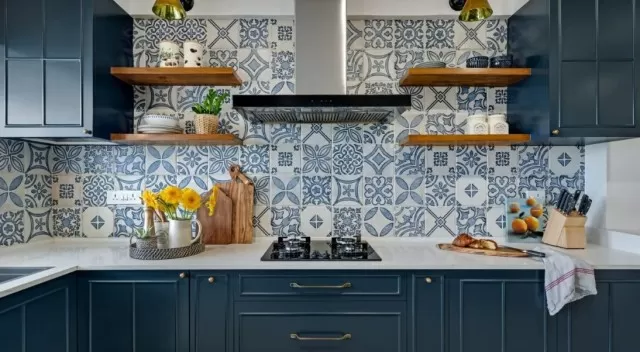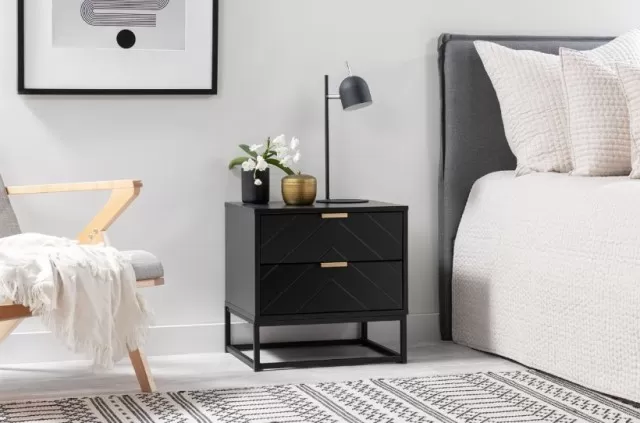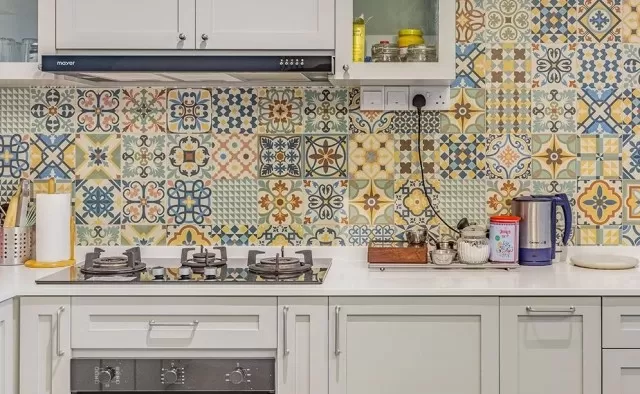Maintaining a clutter-free environment can be a challenge, and it’s easy to feel overwhelmed by the constant presence of mess.
However, there are effective solutions to tackle common clutter hot spots found in various areas of the home, such as the entryway, office, and garage.
By implementing these strategies, you can gain control over clutter and create a more organized and positive living space.
Top Clutter Places in Your Home

Kitchen.
Issue: Your kitchen counter space is overwhelmed with bulky appliances, lunch boxes, coupons, and cookbooks.
Solution: Begin by decluttering your kitchen and getting rid of items you no longer use.
If you haven’t used a quesadilla maker or opened a cookbook in ages, it’s time to part ways. For appliances that are only used occasionally, find a permanent storage spot in the basement or at the back of the pantry.
Organize everyday clutter, like coupons and grocery ads, using a hanging organizer or a small bin.
Medicine Cabinet.
Issue: Your small medicine cabinet is overflowing with personal items, making it difficult to find what you need.
Solution: If you share a medicine cabinet with your spouse, divide the shelves between the two of you.
Remove everything from the cabinet and categorize items into “his,” “hers,” and “shared. ” Discard any expired products or items you haven’t used in the past month.
Use small jars to store small items like bobby pins and hair ties. Group brushes and combs in containers to utilize vertical space.
Keep only essential daily items, such as cotton swabs and makeup pads, in the cabinet and make restocking part of your weekly bathroom cleaning routine.
Entryway.
Issue: Your entryway is cluttered with shoes, purses, wallets, and keys, making it chaotic and disorganized.
Solution: Optimize your storage in the entryway by giving everything a designated place and keeping it out of sight as much as possible.
Evaluate the items in your entryway and consider if they all need to be right by the door. If not, find a hall closet or another storage space for them.
Invest in sturdy and stylish storage solutions like baskets, bins, and small cubbies. Depending on your entryway layout, add hooks or a coat rack for hanging coats and bags.
Pantry.
Issue: Your pantry shelves are disorganized and overcrowded, making it difficult to find ingredients while cooking.
Solution: Empty your pantry and assess each item.
Ask yourself if you will ever use certain items, and donate or discard anything that you won’t. Sort the remaining items by category, such as baking items, spices, canned goods, and snacks.
Place commonly used items on the middle shelves for easy access. Make a grocery list and avoid impulse buys or excessive stocking.
This will help maintain an organized and clutter-free pantry.

Bedside Table.
Issue: Your nightstand is overcrowded with various items, causing stress and clutter in your sleeping space.
Solution: Keep only essential items within arm’s reach of your bed, such as an alarm clock, phone charger, and lamp.
Store other items in the table’s drawer or cubby spaces to minimize visual clutter and promote a peaceful sleep environment.
Bedroom Closet.
Issue: Your closet is overcrowded, making it challenging to put together outfits.
Solution: Take everything out of your closet and sort items by clothing type.
Create three piles: items to toss, items to donate, and items to keep. Discard stained, ripped, or damaged items.
Donate clothes that no longer fit or that you haven’t worn in over a year. If you have duplicates of the same item, choose one and donate the rest.
Arrange the items you choose to keep by season and store out-of-season items elsewhere, such as in the basement or under the bed. Hang or fold clothes by color for easy visual organization and utilize labeled bins for shoe storage.
Install hooks to hang purses and accessories on the wall.
Desktop.
Issue: Your desk is cluttered with technology and other items, hindering productivity.
Solution: Simplify your desk setup by replacing multiple devices with an all-in-one laptop.
Remove any unnecessary extras, like a landline phone or printer, that you don’t use regularly. Keep essential office supplies and a simple lamp within reach.
Add a touch of freshness with fresh flowers to brighten up your workspace.
Garage.
Issue: Tools are frequently misplaced and clutter the garage, posing a safety risk.
Solution: Maintain a clean and organized garage by utilizing heavy-duty hooks and paneling to hang yard essentials, freeing up floor space.
Develop a habit of returning tools to their designated spots after each use to ensure a clutter-free and safe environment.
Kitchen Drawers.
Issue: Miscellaneous items accumulate in one drawer, resulting in a disorganized mess.
Solution: Empty the drawer and only keep items that you frequently use.
Remember that it’s called a “junk drawer” for a reason, so be prepared to discard at least half of the contents. Utilize drawer dividers and small containers to keep pens, stamps, paper clips, and other small items organized.
Coffee Table.
Issue: The coffee table becomes a dumping ground for reading material, technology, and toys.
Solution: Designate your coffee table as a “no-clutter zone” where personal items are not allowed to accumulate.
Keep the table presentable by displaying current magazines, fresh flowers, and timeless decor like family photographs. This will create an inviting and organized Living Room space.
How To Solve Transitional Clutter Problem

Overcoming transitional clutter can feel like regaining control of our lives.
If you find yourself in this situation, it’s important to be patient and understanding with yourself. Seeking assistance from a friend, family member, or professional organizer can provide valuable support and guidance as you work to regain order.
If you choose to tackle the clutter on your own, give yourself the necessary time and space without overwhelming yourself.
Consider taking time off from work, arranging childcare, or finding ways to create a focused environment that allows you to regain control. Remember that you have been in control before and can get back there again.
Avoid feeling guilty about asking for help or dedicating extra time to catch up.
It’s essential to prioritize your well-being and understand that seeking support is a sign of strength. Additionally, focus on tackling one small task at a time to prevent feeling overwhelmed.
Break down larger projects or rooms into manageable chunks, allowing you to make steady progress and avoid becoming overwhelmed.
*The information is for reference only.